TLDR
If you're an entrepreneur, you know that success is never guaranteed. Even with the tastiest dishes and trendiest decor, some restaurants fail during their first year. By examining what separates thriving establishments from failing ones, you gain valuable lessons on how to steer your restaurant toward prosperity. From leveraging technology to optimizing customer experience, this article explores the key differences in vision, adaptability, and execution that allow some eateries to flourish while others falter. You will learn critical insights from successful restaurants on how to future-proof and grow your business in a competitive industry. With the thoughtful application of these strategies, your restaurant can avoid common pitfalls and become the neighborhood favorite.
Why Site Selection Is Critical for Restaurants
Demographic Research Determines Target Customers
Conducting thorough demographic research of potential sites helps determine a restaurant’s target customer base. Analyzing population density, income levels, and customer traffic enables owners to tailor their concept and menu to community needs. Major restaurant chains often rely on advanced site selection software and analytics for choosing optimal locations based on demographic data. For independents, basic research into a neighborhood’s residential and commercial makeup is essential.
The Right Location Impacts Profitability and Customer Experience
Selecting the right location can make or break a restaurant’s success. An easily accessible, visible site in a high-traffic area will attract more customers and boost profitability. Meanwhile, a poor location hampers visibility and convenience, damaging the customer experience. Restaurateurs should evaluate parking availability, public transit options, and pedestrian traffic flows. They should also consider nearby businesses, as proximity to complementary establishments may increase patronage.
Competing Successfully Depends on Location
The location also determines the level of competition a restaurant faces, which significantly impacts success. Areas with few comparable dining options present opportunities to capture an underserved market. However, limited competition often indicates lower customer demand. Restaurants in oversaturated markets struggle to differentiate themselves and win customers amid intense competition. The most successful restaurants choose locations that balance adequate demand with reasonable competition. With the right site and concept, they can gain a competitive advantage and thrive.
Lack of Vision Dooms Many Restaurants to Failure
A Clear Vision is Key to Success
Successful restaurants thrive due to a well-defined vision and business ethos. This clarity of purpose allows them to make strategic decisions, maintain high standards of quality, and build a loyal customer base. In contrast, restaurants without a vision struggle with inconsistency and lack of identity. According to a Cornell University study, lack of vision is the top reason new restaurants fail.
Technology and Innovation
Thriving restaurants utilize technology and social media to understand customers, streamline operations, and improve the overall experience. Mobile apps, an engaging website, and active social media profiles are the norm. In contrast, failing restaurants are stuck in the past, relying on outdated methods and failing to connect with modern diners.
Focus on Customer Experience
Successful restaurants recognize that a great customer experience builds loyalty and word-of-mouth marketing. From knowledgeable staff to high-quality ingredients to an inviting ambiance, every detail is optimized. Failing restaurants, on the other hand, provide mediocre or inconsistent experiences, leaving customers unlikely to return.
Adaptability
The restaurant industry is constantly changing, so success requires the ability to adapt. Thriving restaurants stay on the cutting edge of trends, updating their menus, style, and operations to match current tastes. In contrast, failing restaurants stubbornly stick to the status quo, even as customer preferences evolve around them. Ultimately, a lack of vision and unwillingness to change doom many restaurants to failure. Success requires clarity of purpose, innovation, a focus on customer experience, and the ability to adapt to an ever-changing industry.
Investing in Technology Like Restaurant POS Systems to Streamline Operations
Upgrading your technology systems is crucial for thriving restaurants.POS software and mobile apps provide an efficient way to handle daily operations.
Streamlining the Ordering Process
With a quick-service POS system, servers can spend less time manually processing orders and payments, freeing up time to improve customer service. Customers can also place orders and pay through user-friendly mobile apps and websites, reducing wait times.
Enhancing Inventory Management
A robust POS platform gives managers real-time insight into ingredient levels, sales, and waste to control food costs effectively. The software can also automate purchasing and send alerts when supplies are low to avoid shortages.
Gaining Valuable Insights
Advanced reporting and analytics tools provide data on customer habits, popular menu items, and operational bottlenecks. Restaurateurs can then make informed decisions about marketing, menu changes, and staffing to boost revenue and cut costs.
Offering Engaging Loyalty Programs
Restaurants can establish personalized connections with customers through integrated loyalty programs like Square's. Targeted promotions and rewards based on order history and preferences will keep guests coming back.
While technology cannot single-handedly save a failing restaurant, it provides the tools and insights to improve critical areas like customer service, cost control, and operational efficiency—which ultimately separate the thriving from the struggling. Restaurateurs unwilling to invest in and leverage advanced systems will find it difficult to gain a competitive advantage in today’s market. Though the initial financial outlay may seem steep, the long-term benefits to the bottom line are well worth the cost.
Building a Loyal Customer Base Through Excellent Service
Superior Hospitality
Restaurants that cultivate loyalty emphasize hospitality and customer experience. Staff greet customers warmly, smile, make eye contact, and engage in friendly conversation. They learn customers’ names, preferences, and stories, conveying a personal touch. When staff shows genuine care and interest, customers feel valued. Successful restaurants also encourage staff to anticipate needs and resolve issues promptly. These meaningful interactions transform customers into loyal advocates.
Consistency and Quality
Successful restaurants focus on consistency and high quality in both food and service. They have efficient systems and well-trained staff to ensure customers receive the same outstanding experience with each visit. Their menus feature high-quality, flavorful ingredients prepared skillfully. Staff pay close attention to details, such as checking in on customers during meals and refilling drinks before they are empty. These factors and reasonable prices give customers a good reason to return frequently.
Feedback and Responsiveness
Leading restaurants actively seek customer feedback and respond promptly to concerns. They distribute surveys, encourage online reviews, and monitor social media for mentions. Managers address issues directly and personally. They value feedback as an opportunity to strengthen relationships, better understand customer needs, and make improvements. By listening and taking action, these restaurants build trust and loyalty.
Pro Tip: Explore the Per Diem app to begin gathering customer reviews directly within the app for every mobile order.
Menu Development Strategies to Attract Customers
Focus on Popular and Profitable Dishes
Successful restaurants strategically promote items that are the most popular and profitable. They analyze sales data to determine which dishes are ordered most frequently and have the highest profit margins. These items are then prominently featured on the menu to attract customers. Failing restaurants often do not have a data-driven approach to menu development and do not optimize the menu to push high-demand, high-profit dishes.
Employ Relative Pricing
Thriving restaurants utilize relative pricing strategies to maximize sales of certain items. This involves pricing dishes relative to each other so that more profitable items seem like a better value. For example, a restaurant may price a high-profit dish slightly lower than similar items to drive customers to choose that option. Failing restaurants typically have an arbitrary approach to pricing that does not consider the relationship between the prices of different menu items.
Offer Plant-Based Options
Chains like Subway and Chipotle cater to current food trends and dietary preferences by providing plant-based meat alternatives and vegetarian menu options. According to various surveys, the number of consumers following plant-based or vegetarian diets is increasing. By offering dishes featuring ingredients like plant-based meat, tofu, and legumes, top restaurants can capture this growing demographic. In contrast, failing restaurants are often slow to adapt to changing consumer tastes and rarely provide menu options specifically geared toward vegetarians or other diet types.
To attract more customers and increase profits, restaurants should focus on optimizing their menu to push popular and profitable items, employing smart relative pricing strategies, and offering on-trend plant-based or vegetarian options. By adopting data-driven techniques used by thriving restaurants, struggling establishments can revamp their menu to better meet customer demand. With an inviting menu featuring appealing options for all diners, any restaurant has the potential to flourish.
Managing Finances and Operations to Drive Growth and Profitability
Effective Budgeting and Financial Planning
To thrive, restaurants must implement disciplined budgeting and financial planning. Create detailed budgets forecasting sales, costs, and cash flow over the next 1-3 years. Analyze historical data to set realistic targets, then track performance monthly and make adjustments as needed. Maintain healthy profit margins, aiming for at least 10% net profit—control costs by monitoring portions, waste, and labor.
Cash Flow Management
Maintaining adequate cash flow is essential for daily operations and ensuring enough liquidity to cover expenses. Analyze cash flow statements regularly to anticipate shortfalls, then make adjustments like reducing costs or increasing sales. Consider opening a line of credit to cover temporary shortages. Poor cash flow management can lead to the inability to pay vendors and employees, damaging relationships and reputations.
Pro Tip: Explore Quickbooks for your business needs, and take advantage of its 30-day free trial.
Increasing Sales and Profitability
Several strategies can increase restaurant profitability. Boost sales volume through marketing and loyalty programs. Decrease controllable expenses like energy usage. Trim food costs by using seasonal ingredients, reducing waste, and accurately pricing menu items based on the cost of goods sold. Using technology like online ordering and payment systems or inventory management software also improves efficiency and cuts costs.
Lacking Key Operational Expertise
Some restaurants struggle from lack of experience in key areas like management, operations, or finance. Owners may have a vision but lack the expertise to execute it. Hire experienced staff, especially for general managers, chefs, and finance roles. Provide ongoing training to build necessary skills. Partnering with a restaurant consultant or management company can also help address experience gaps.
Following these best practices for managing finances, controlling costs, increasing sales, and developing operational expertise is key to achieving growth and long-term profitability. With diligent planning and oversight, thriving restaurants can build a sustainable business model. Those unable to do so risk joining the ranks of failed restaurants.
Final Thoughts
To thrive in this competitive industry, you must provide an exceptional dining experience through quality food, service, ambiance, and technology integration. Invest in your staff through training and support. Create an online presence with an intuitive website and mobile app. Choose a prime location suited to your concept. Most importantly, have a clear vision and passion. Without dedication to your craft, no amount of strategy can save a floundering restaurant. Success comes down to heart. If you love what you do, your guests will know. Keep striving for excellence, and you will flourish.


.webp)


.webp)
.png)
.webp)

.avif)
.webp)
.webp)
.webp)

.webp)

















.svg)





.svg)
.svg)
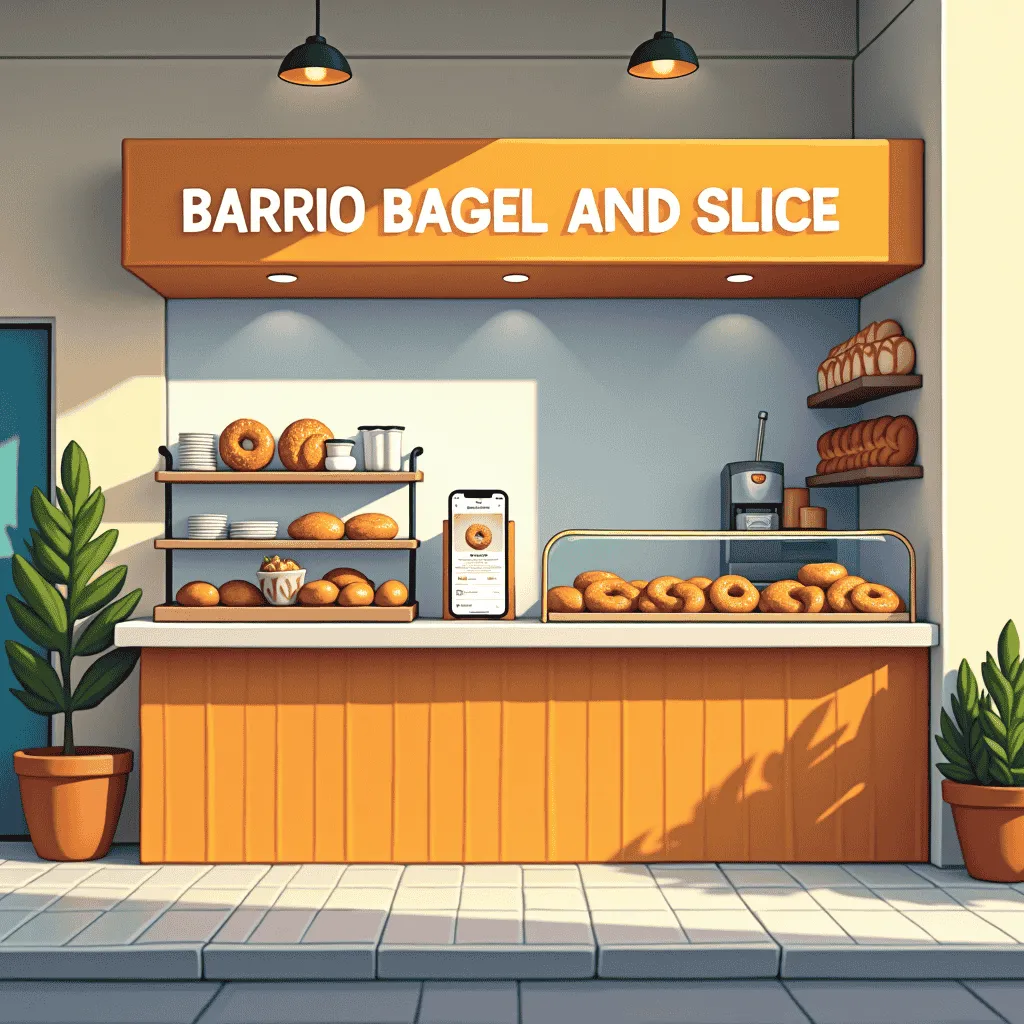


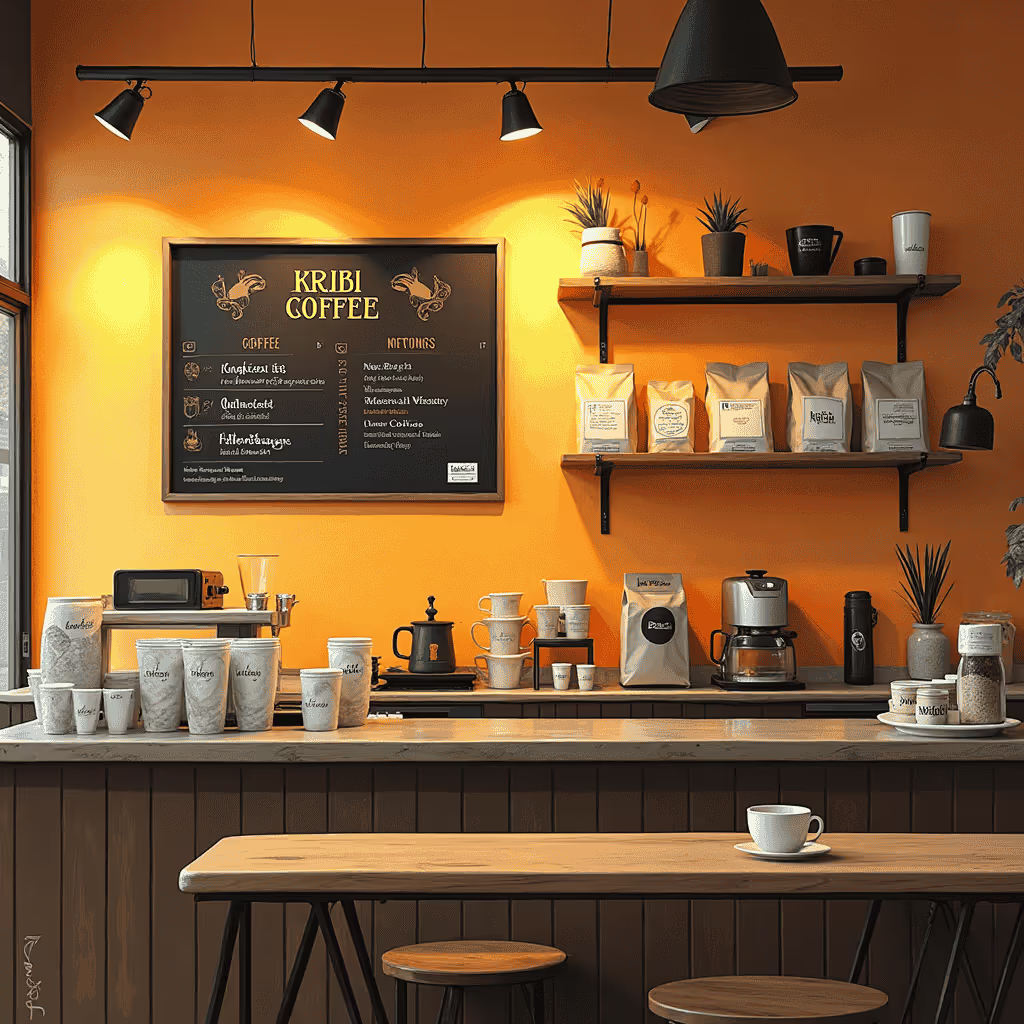
.avif)
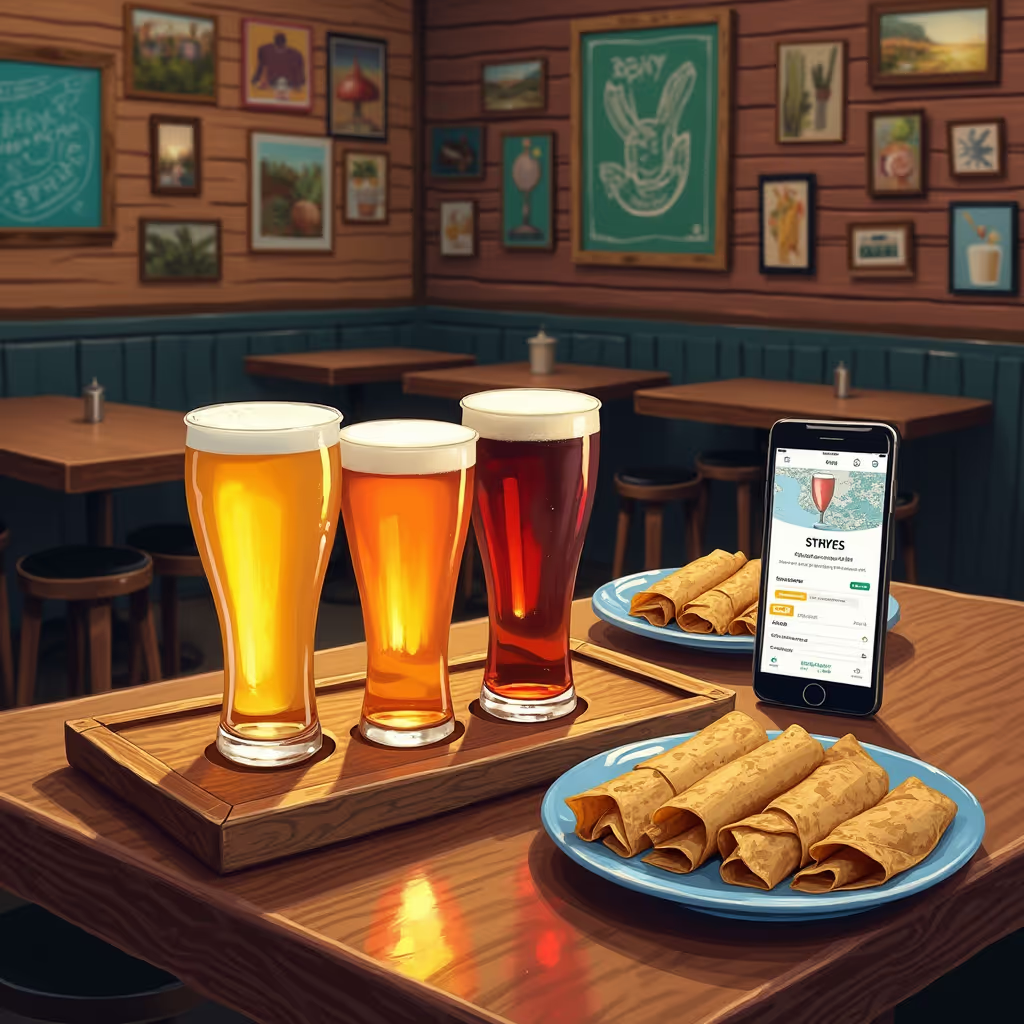
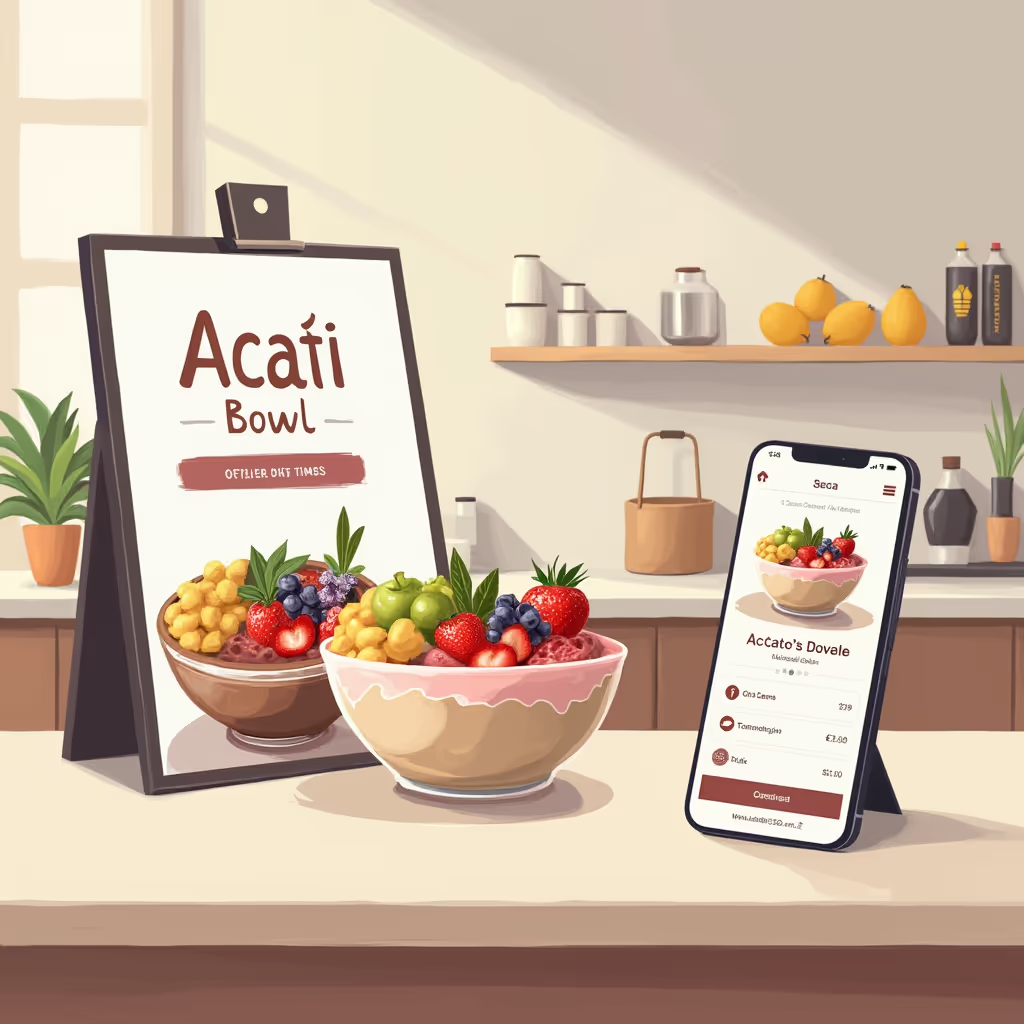

.avif)
.avif)

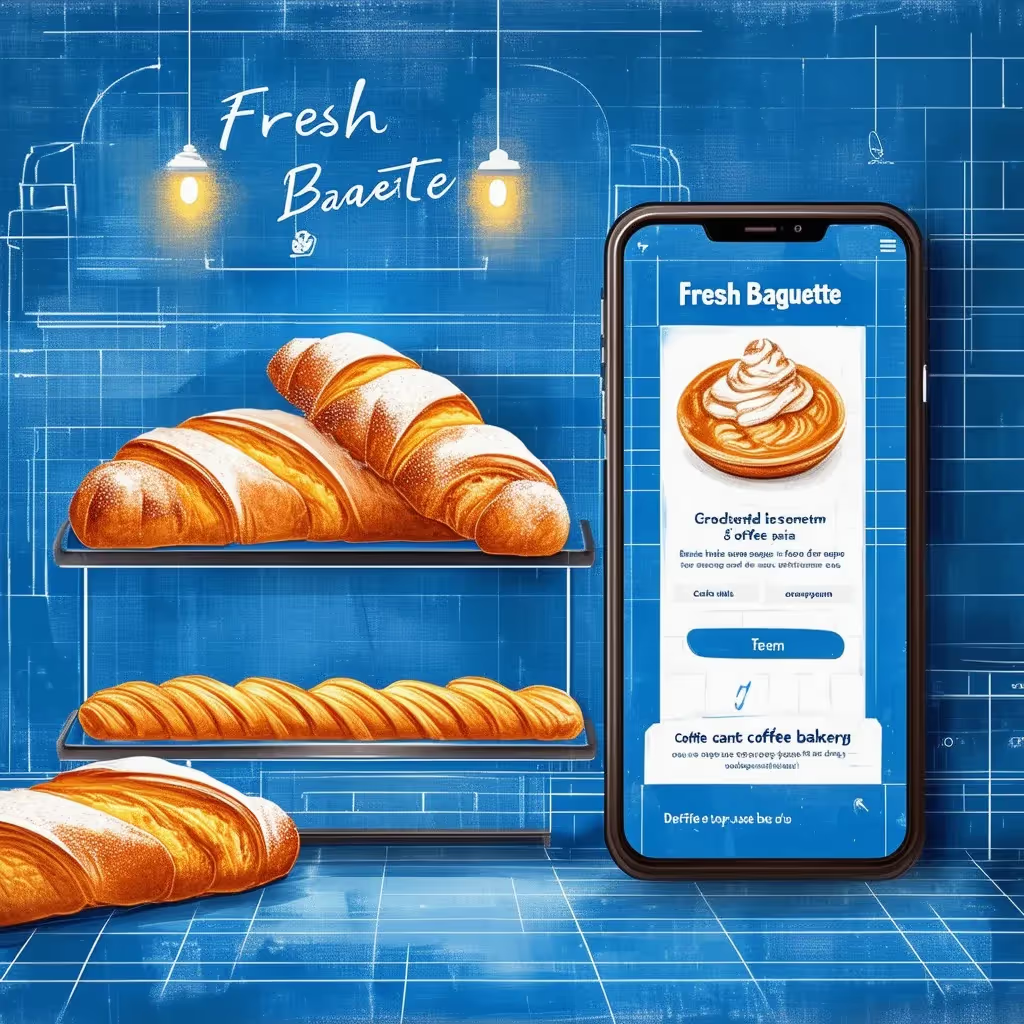
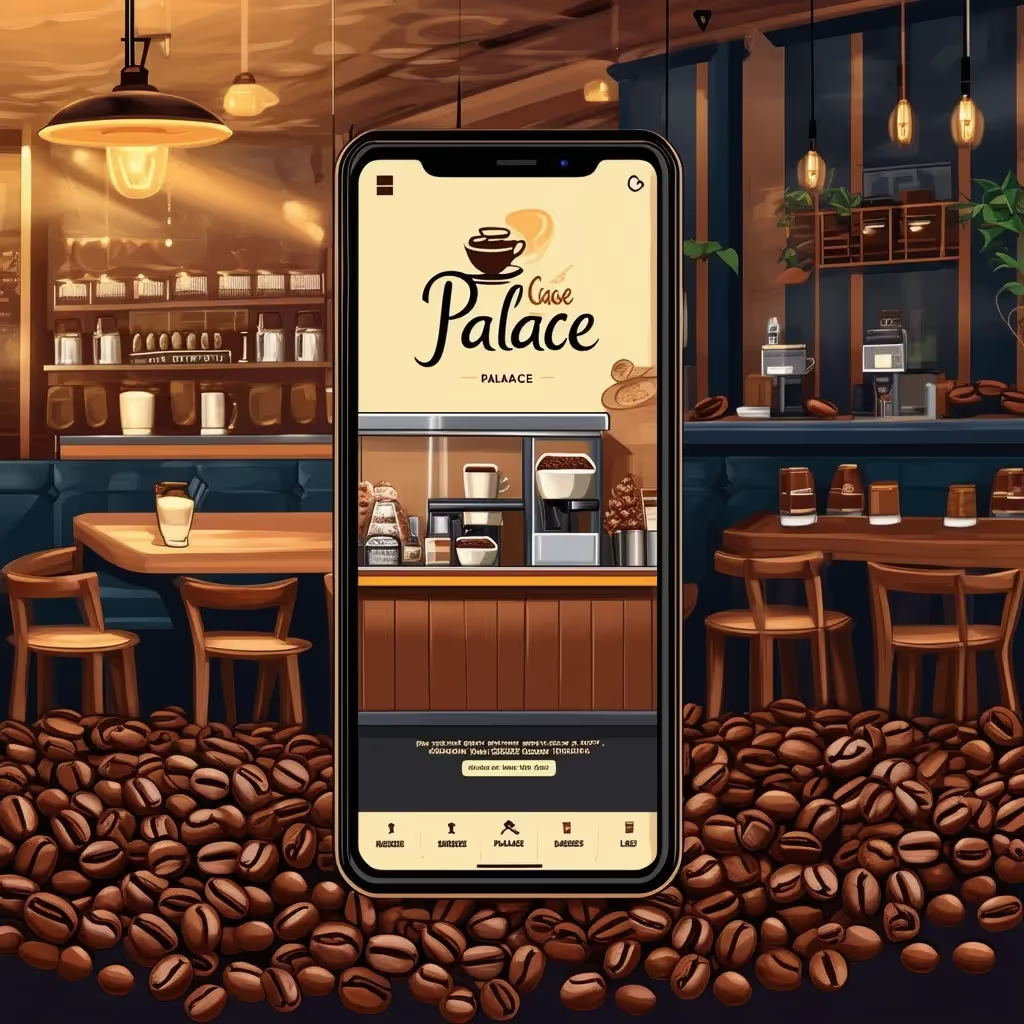

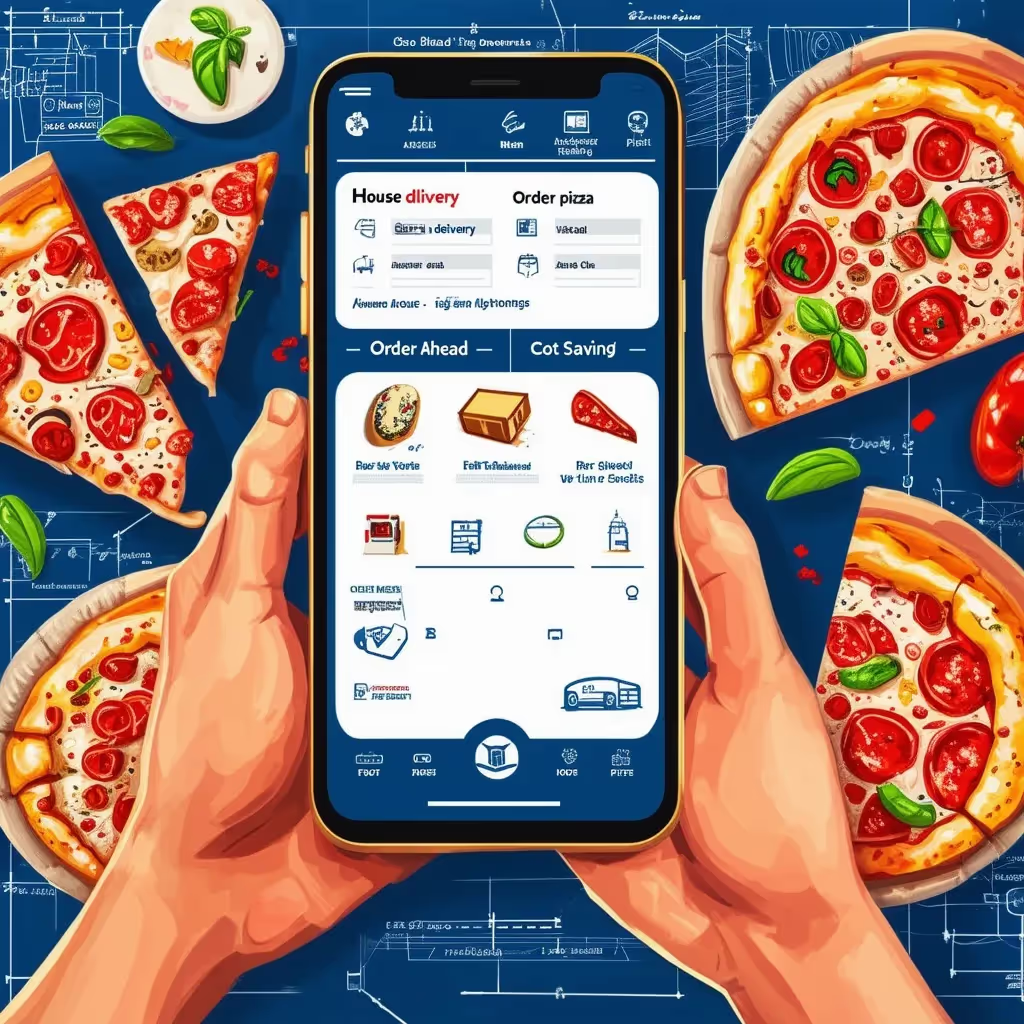



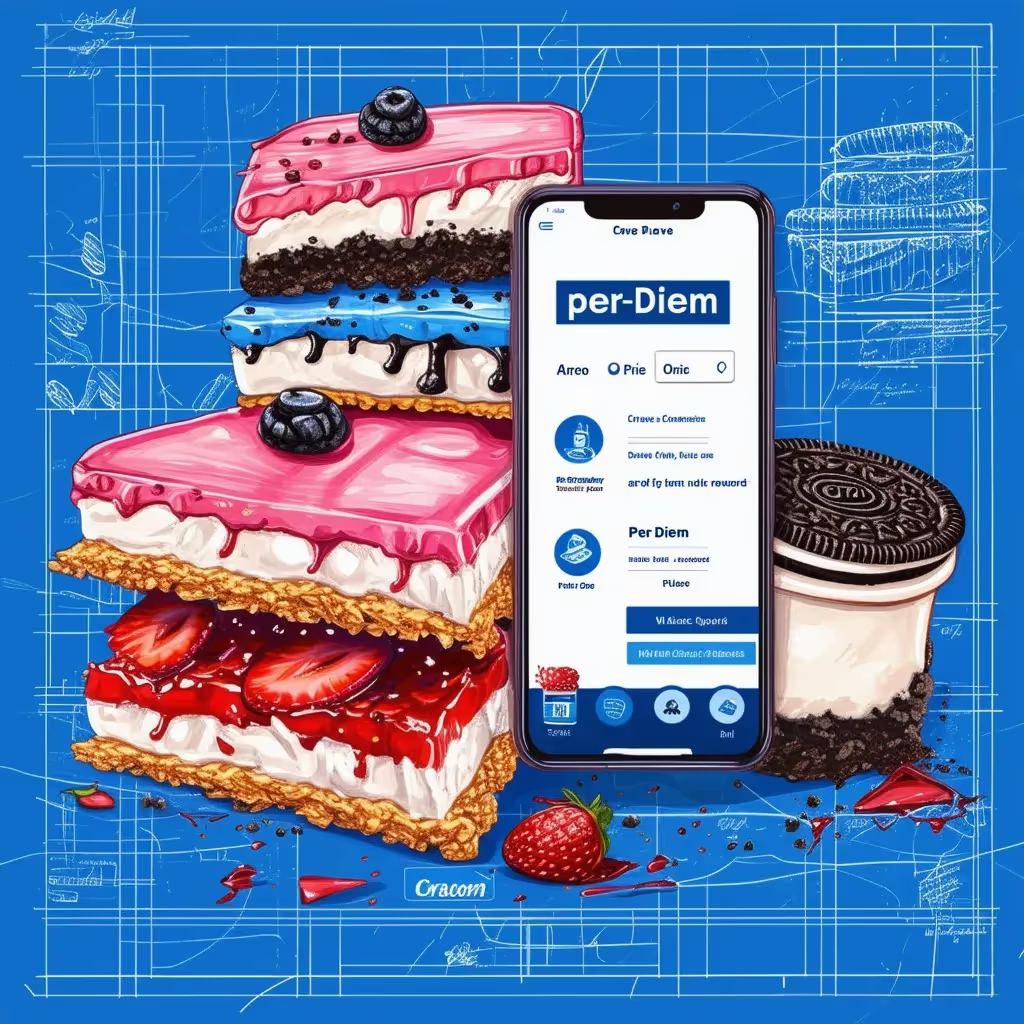

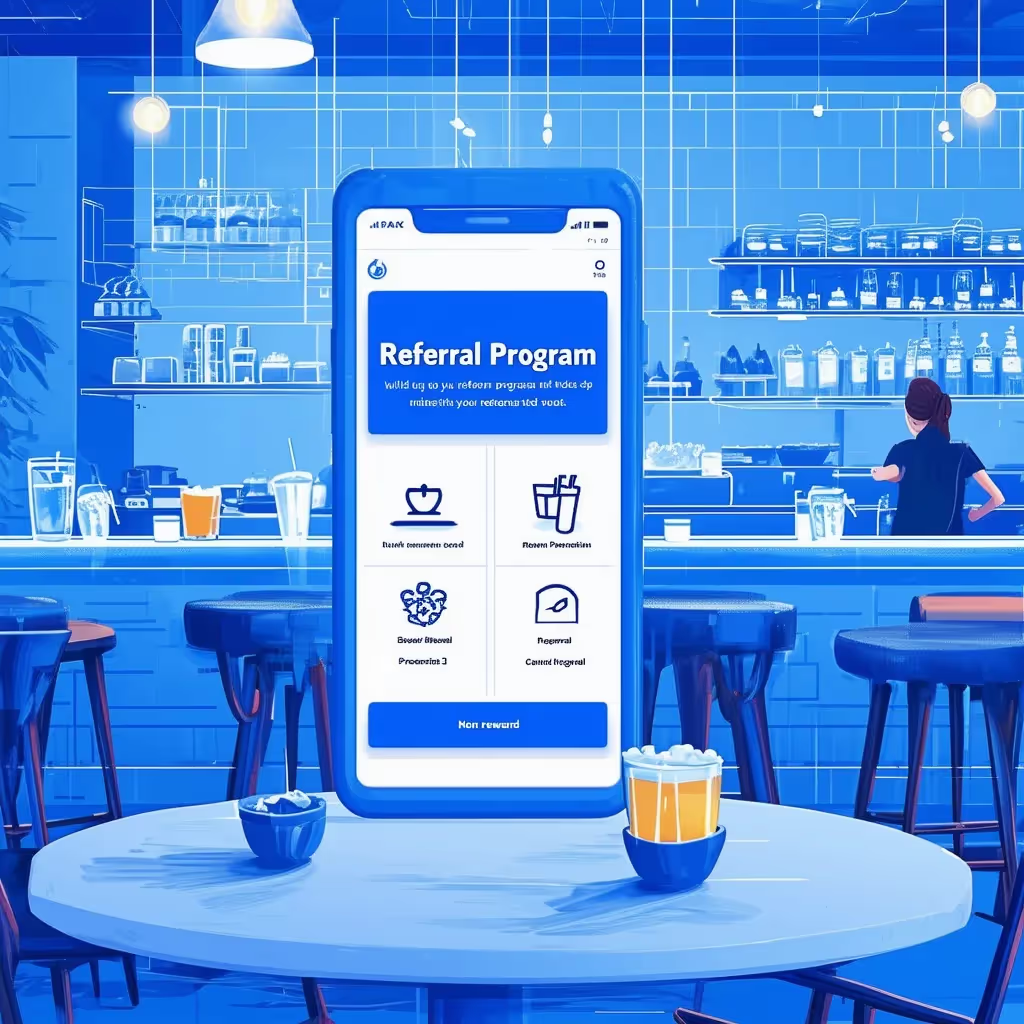





.avif)




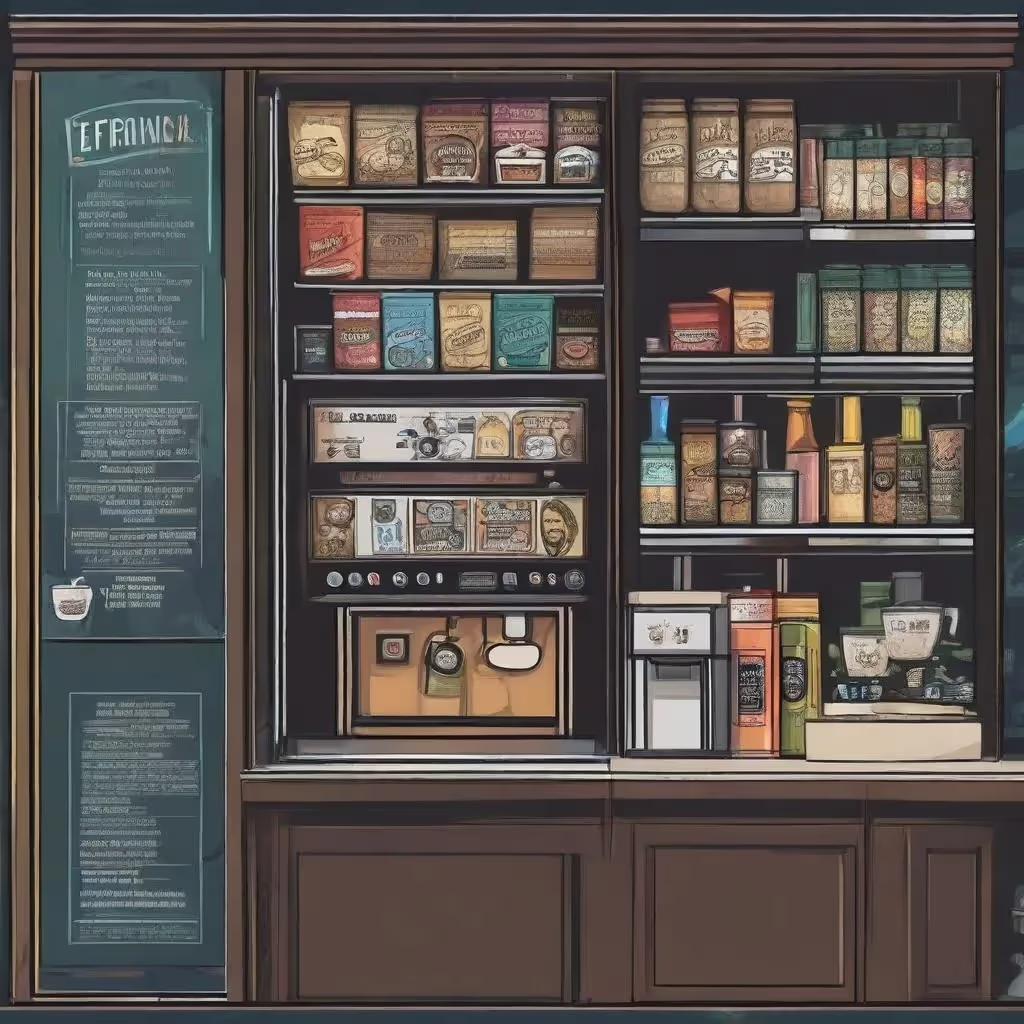
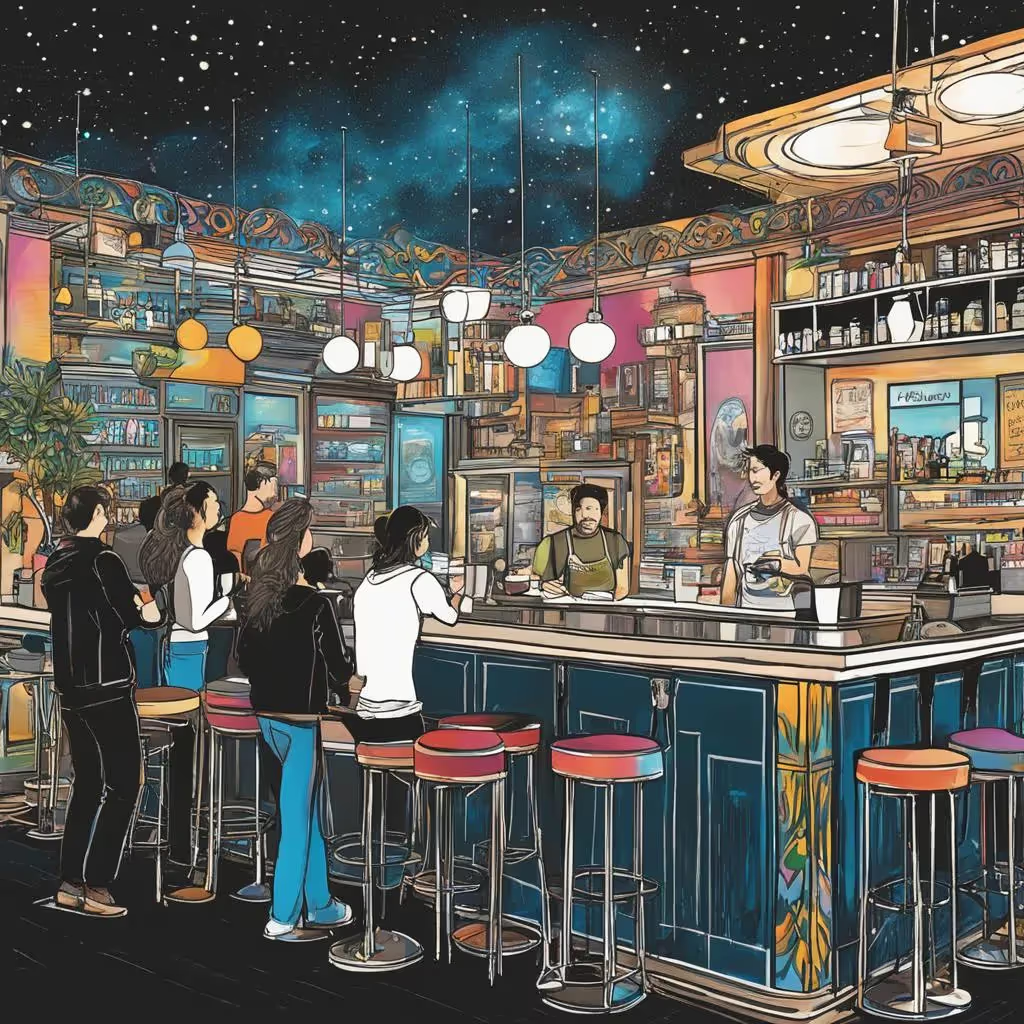


.avif)










